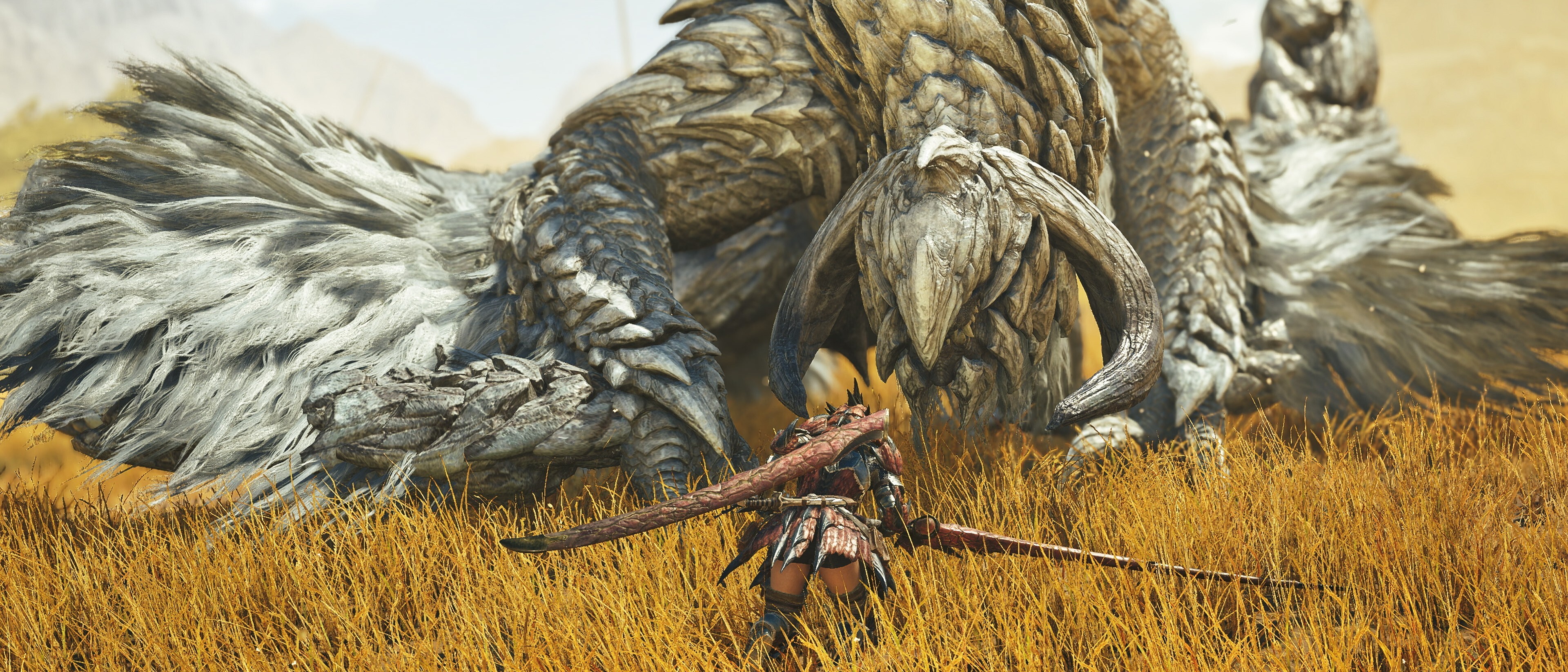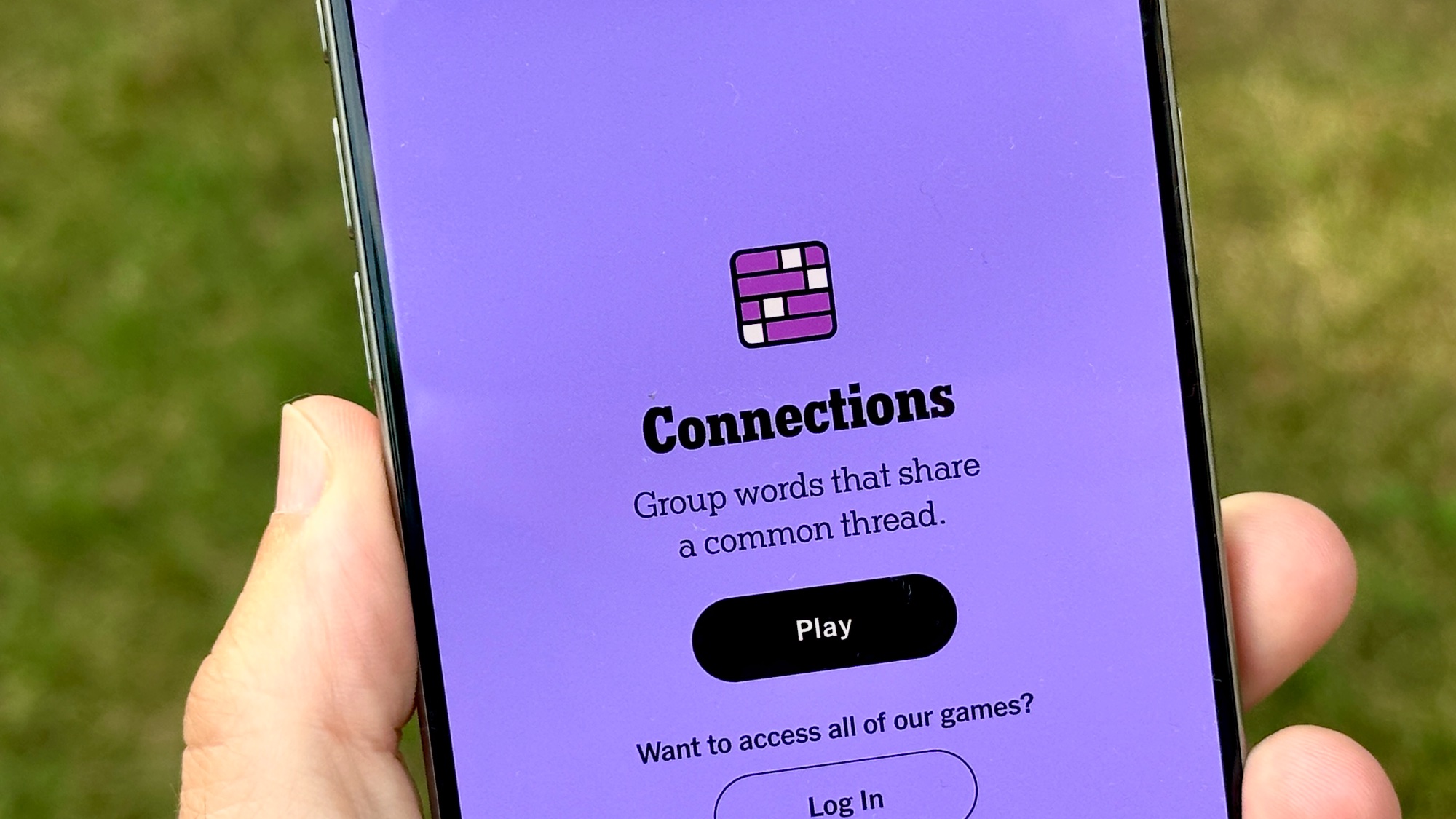Tom's Guide Verdict
Monster Hunter Wilds delivers thanks to its vast dynamic environments, diverse and challenging monsters, engaging narrative and deep customization options. Though its gameplay isn’t a radical departure from its predecessor, it streamlines nearly every aspect to perfection. This is the ultimate monster-hunting experience for series veterans and newcomers alike.
Pros
- +
Dynamic environments
- +
Various monster types
- +
Thrilling battles
- +
Deep customization options
- +
Intriguing premise
Cons
- -
Difficult to gather with friends online
- -
Spotty graphics at certain points
Why you can trust Tom's Guide
Platforms: PC, Xbox Series X, PS5 (reviewed)
Price: $69 / £59 / AU$114
Release Date: February 28, 2025
Genre: Action adventure/RGP
Monster Hunter Wilds brings Capcom’s popular franchise to the next generation in glorious fashion. While it’s not fundamentally different from 2018’s Monster Hunter Worlds, this latest installment delivers everything fans love in a bigger and bolder fashion. And though it lacks none of the depth or features of its predecessor, Monster Hunter Wilds is friendly to newcomers.
The dynamic environments and how the monsters and people that inhabit them evolve and react drive the narrative and gameplay of Monster Hunter Wilds. This helps the game’s fantasy setting feel richer and more involved, which serves to draw you in further. But while the splendor of nature might bring you in, it’s the exhilarating hunts and deep customization that’ll keep you and your friends playing for the long haul.
I sunk close to 300 hours into Monster Hunter Worlds and its Iceborne expansion. That said, I can see myself devoting even more time to Monster Hunter Wilds. It’s a better version of Monster Hunter Worlds and is already my frontrunner for the game of the year. Find out why in my full review!
Monster Hunter Wilds: The basics
- What is it? Monster Hunter Wilds is the follow-up to Monster Hunter World. It features dynamic environments, new weapon abilities, a larger supporting cast and missions you can play offline or with others.
- Who is it for? This game is for anyone who likes mission-focused action games with a healthy dose of RPG micromanaging. It’s suitable for series veterans and newcomers alike.
- How much does it cost? Monster Hunter Wilds costs $69 and will be available on PC, PS5 and Xbox Series X on February 28.
- What other games has the developer made? Capcom is a legendary video game developer responsible for genre-defining franchises like Street Fighter, Resident Evil, Mega Man, Devil May Cry and of course, Monster Hunter.
- What games is this similar to? It’s more fair to say what games are similar to Monster Hunter since it practically gave birth to the monster-hunting genre. Games like God Eater 3, Dauntless, Soul Sacrifice, and Wild Hearts pay homage to Monster Hunter.
A dynamic world
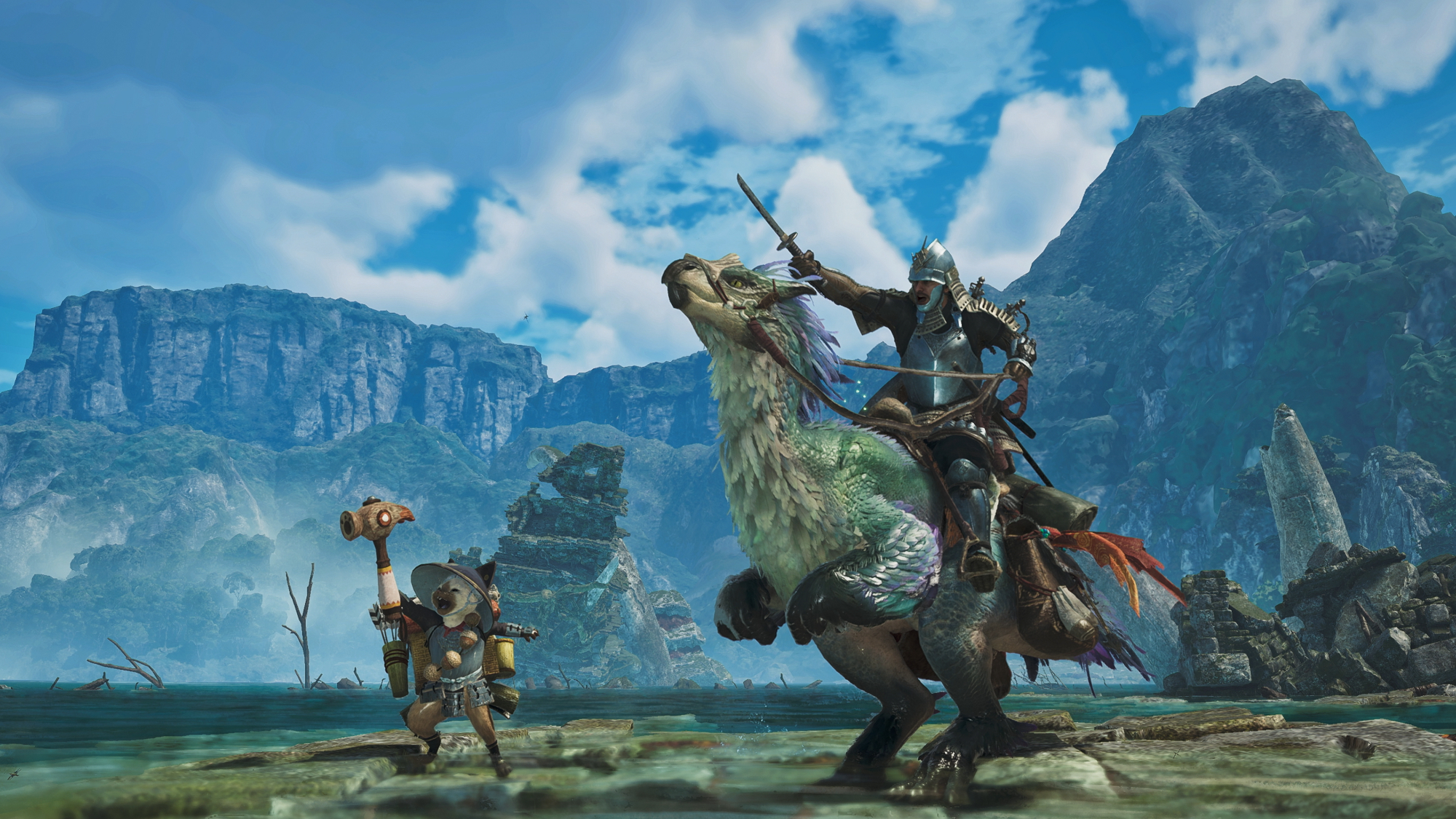
Monster Hunter World had large semi-open world maps with interconnected sub-regions you could fully explore. Monster Hunter Wilds follows suit, featuring even larger environments. But instead of just making bigger maps and calling it a day, the development team went further by making each of the game’s landscapes more dynamic than ever before.
The game’s regions go through two distinct seasons called Fallow and Plenty, with an intermediate period called Inclemency. Fallow is a season when food is scarce and dangerous predators roam the land, while Plenty features a greater variety of small and large monsters. Inclemency usually consists of heavy rains or sandstorms. Every season has different monsters, which adds to the game’s replayability.
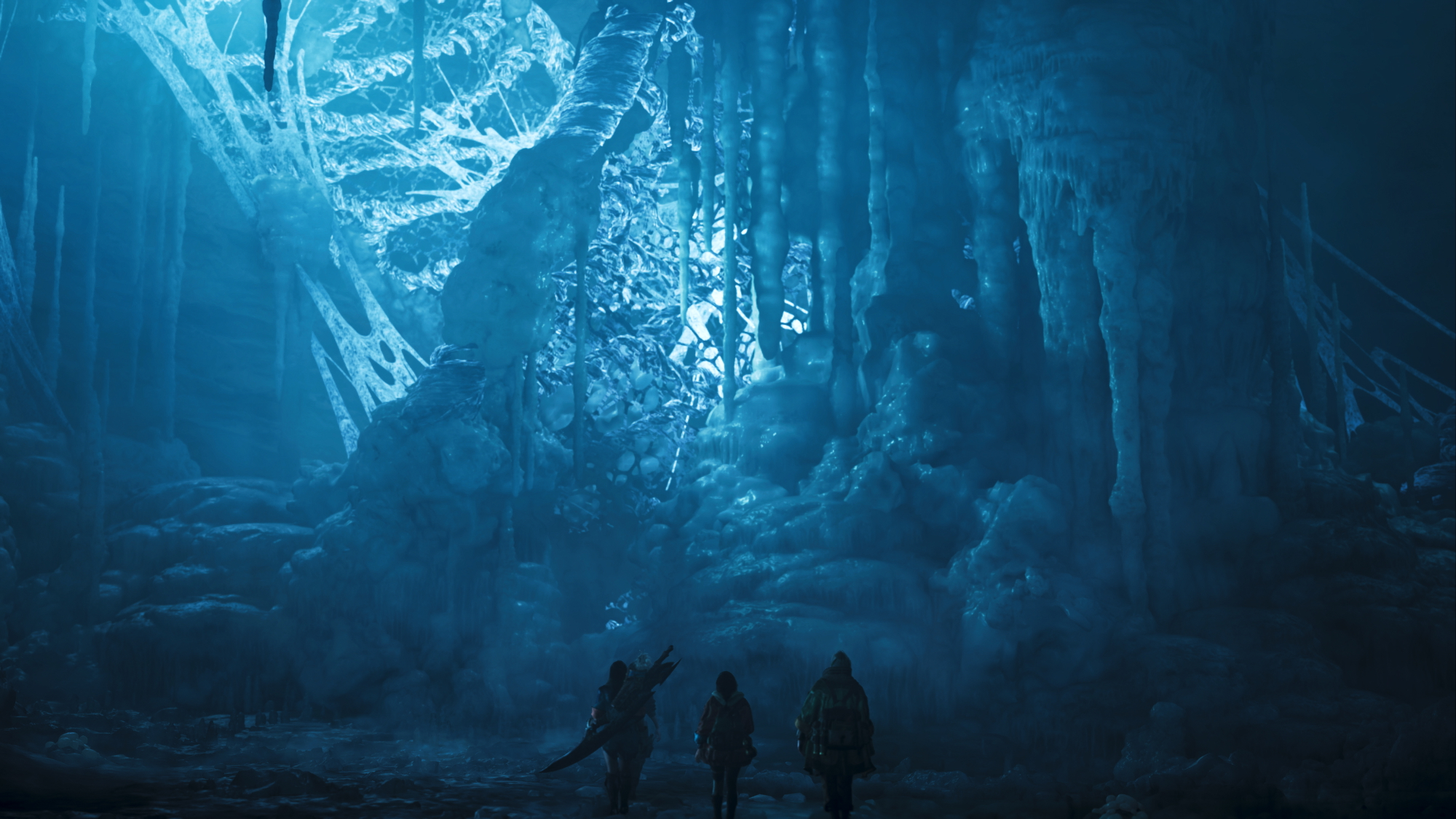
In addition to wildlife, there are also villages in each region teaming with people whose cultures reflect their respective lands. This is a big change from Monster Hunter World, which lacked already established settlements. The different cultures, dynamic seasons and varied ecology make for a rich game world to get absorbed in.
You can ride mounts called Seikret to traverse the lands. These Chocobo-like feathered raptors can take you directly to your next hunt but you can also control them manually when you’re exploring. On that note, you can create pop-up camps across the maps that serve as fast travel points. Monsters can and will destroy your camps in more dangerous locations but you can always rebuild them.
I enjoyed the stark contrasts between the available environments. From the arid deserts, frozen tundras, lush forests and other locales I won’t spoil, Monster Hunter Wilds’ awe-inspiring—and sometimes fear-inducing—regions are a marvel to behold and explore.
The thrill of the hunt
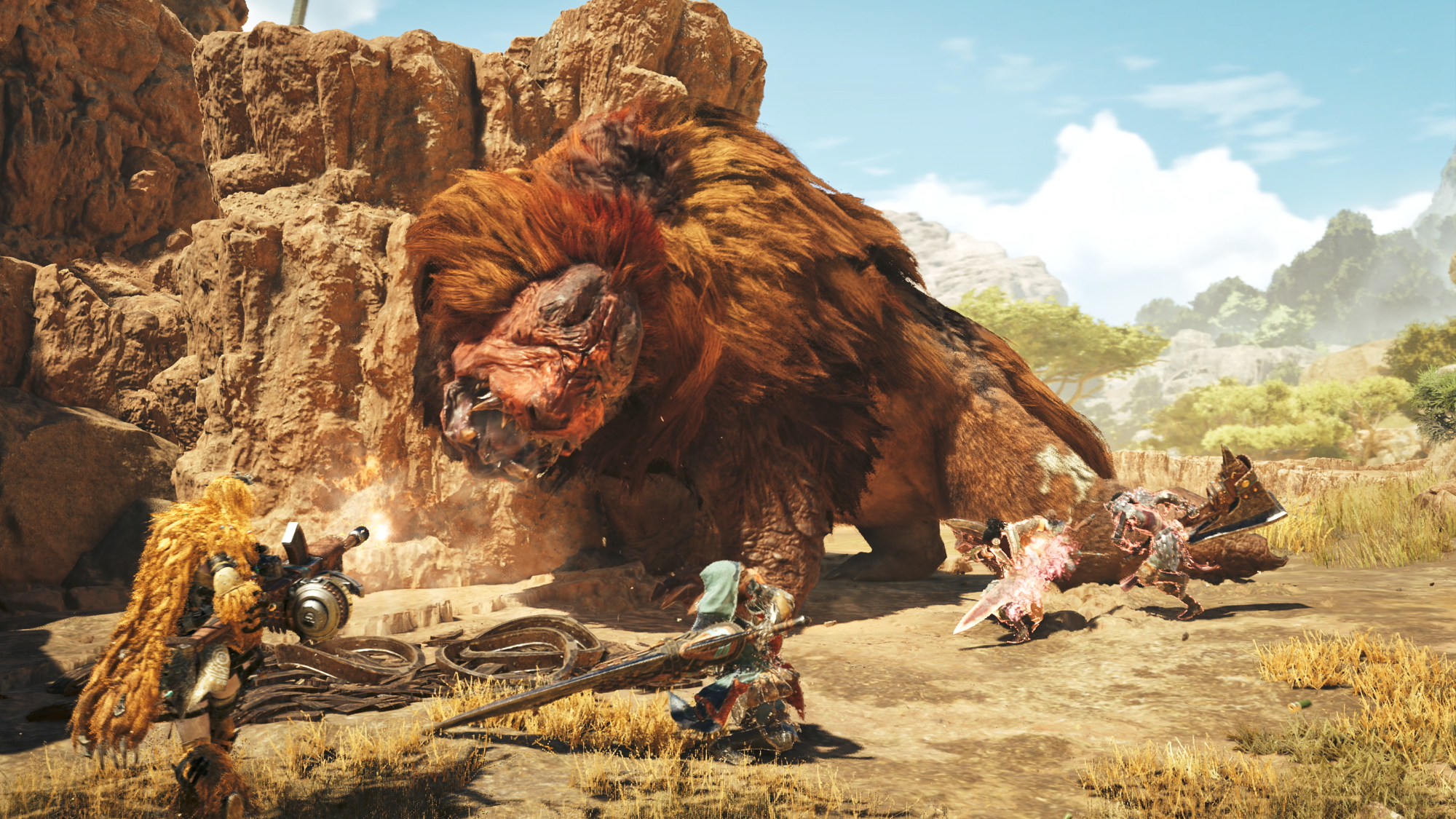
Monster Hunter’s 14 iconic weapons return in Wilds, each with new abilities that make them deadlier than before. On top of that, new combat moves serve to further spice up encounters with monsters—giving you a distinct edge when used properly.
Focus Mode is an all-new ability that lets you aim your attacks and blocks with greater accuracy. You can use Focus Mode to highlight wounds or weak points on a monster and follow up with Focus Strikes to deal greater damage that stuns monsters. Performing Focus Strikes and seeing your prey reeling is one of the most satisfying things you can do in the game.
As always, hunts are more fun with friends since up to four of you can work together to take down monsters. However, if none of your friends are available or if your internet is down, you can pair up with (pretty useful) NPC characters by sending up a signal flare. Said NPCs get replaced when a real player decides to join your hunt, which is a great feature.
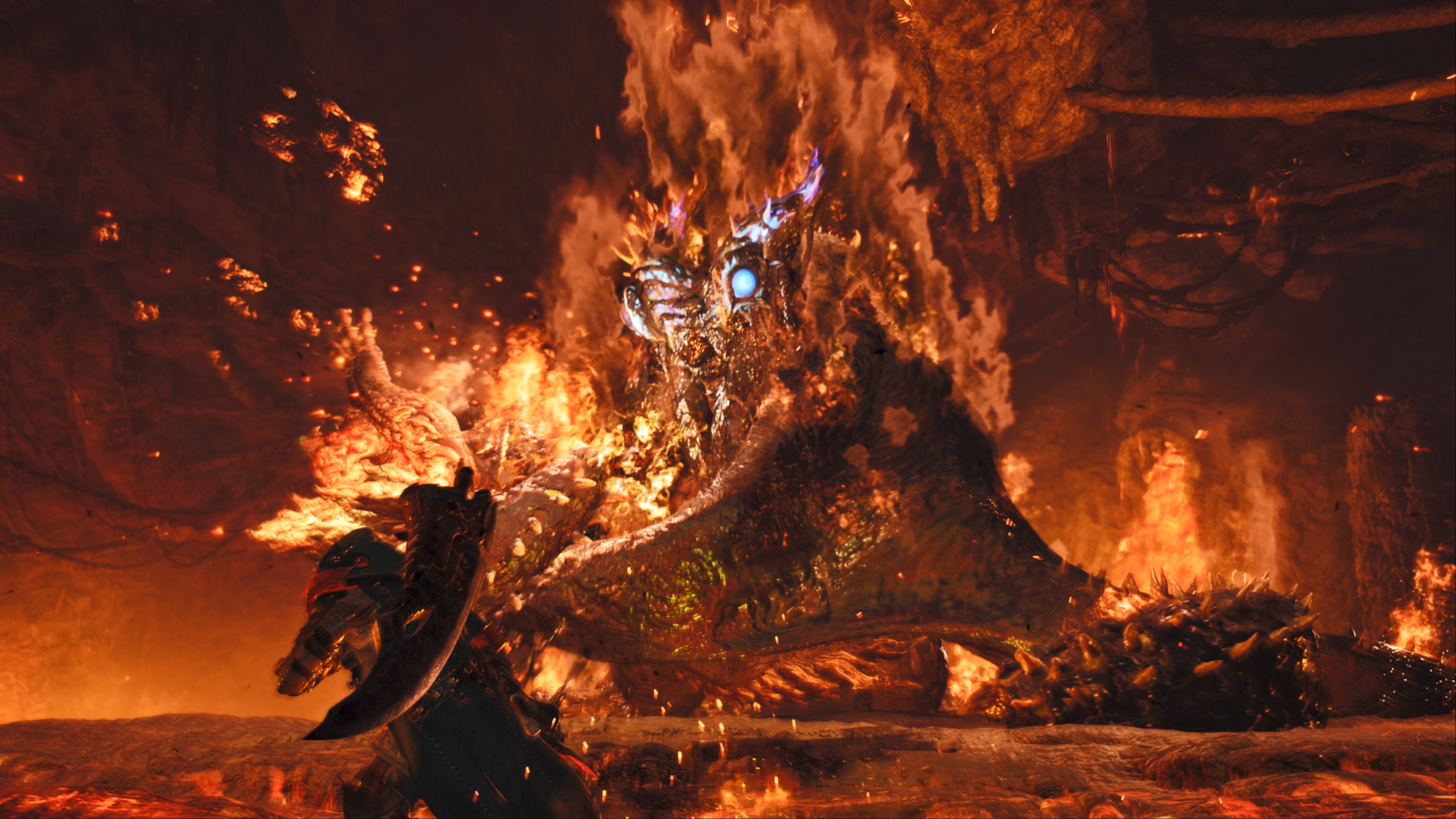
Speaking of monsters, there is a greater variety in Wilds, and not just in terms of numbers. Whereas the majority of monsters in Monster Hunter World were reptilian (dinosaurs, lizards, dragons, etc.), Wilds has beasties inspired by the entire animal kingdom. There are furry mammals, creepy arthropods, slithering cephalopods, and some monsters that combine multiple traits. I love fighting against some of the more outrageous monsters, like giant octopuses or huge spiders, since their attacks are unlike those of vertebrate animals.
It wouldn’t be a Monster Hunter game without the ability to customize and upgrade your weapons and armor. The system of slaying monsters and then using their parts to upgrade or create equipment isn’t much different than before. During the endgame, you’ll gain access to additional resources that let you further customize and optimize your gear. I’m glad Capcom kept the core loop of slaying monsters, crafting gear, and slaying deadlier monsters with said gear. It never gets old. In fact, it’s super addictive.
In addition to gear, you can use various consumables to regain health, boost your defense, cure ailments, and grant other buffs to give you a fighting chance against the nastiest of creatures. My favorite buffs come from eating foods you cook during short cinematic sequences that were clearly made by obsessive foodies. You can find or buy most of the ingredients you need, so it’s in your best interest to grab herbs, mushrooms and other materials as you scout the lands.
Engaging plot
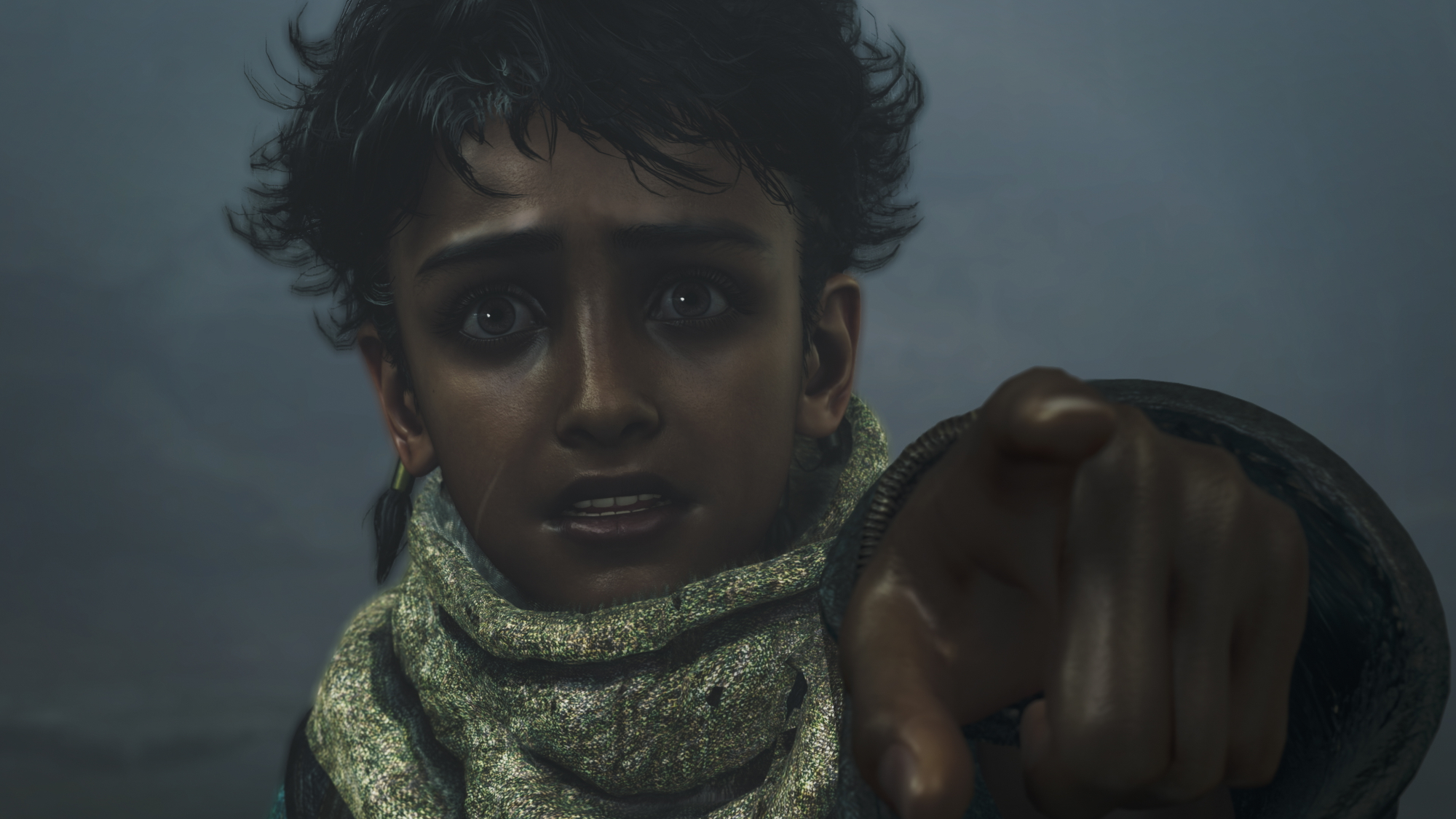
Though Monster Hunter World certainly had a plot, it mainly existed as a means to get you to the next hunt. Though that end goal is still true in Monster Hunter Wilds, the game has a greater focus on narrative and characters. Hunting monsters still drives the narrative forward, but it’s refreshing to have characters you actually care about.
During an expedition to the “Forbidden Lands,” where Monster Hunter Wilds takes place, a group of monster hunters meets a boy named Nata, who hails from a distant region called the Iceshard Cliffs. He fled his village after it was attacked by a vicious monster called “The White Wraith.” As part of the Avus Unit, it’s your job to uncover the mystery of this monster and help Nata return to his village.
That’s at least the initial part of the story, as the narrative goes in a different direction once you’ve hit the endgame—which happens after the first set of credits roll. I won’t delve into spoilers, but the latter half of the game (which is much longer than the first part) is where things get interesting—both in terms of narrative and gameplay.
Beauty and the Beast
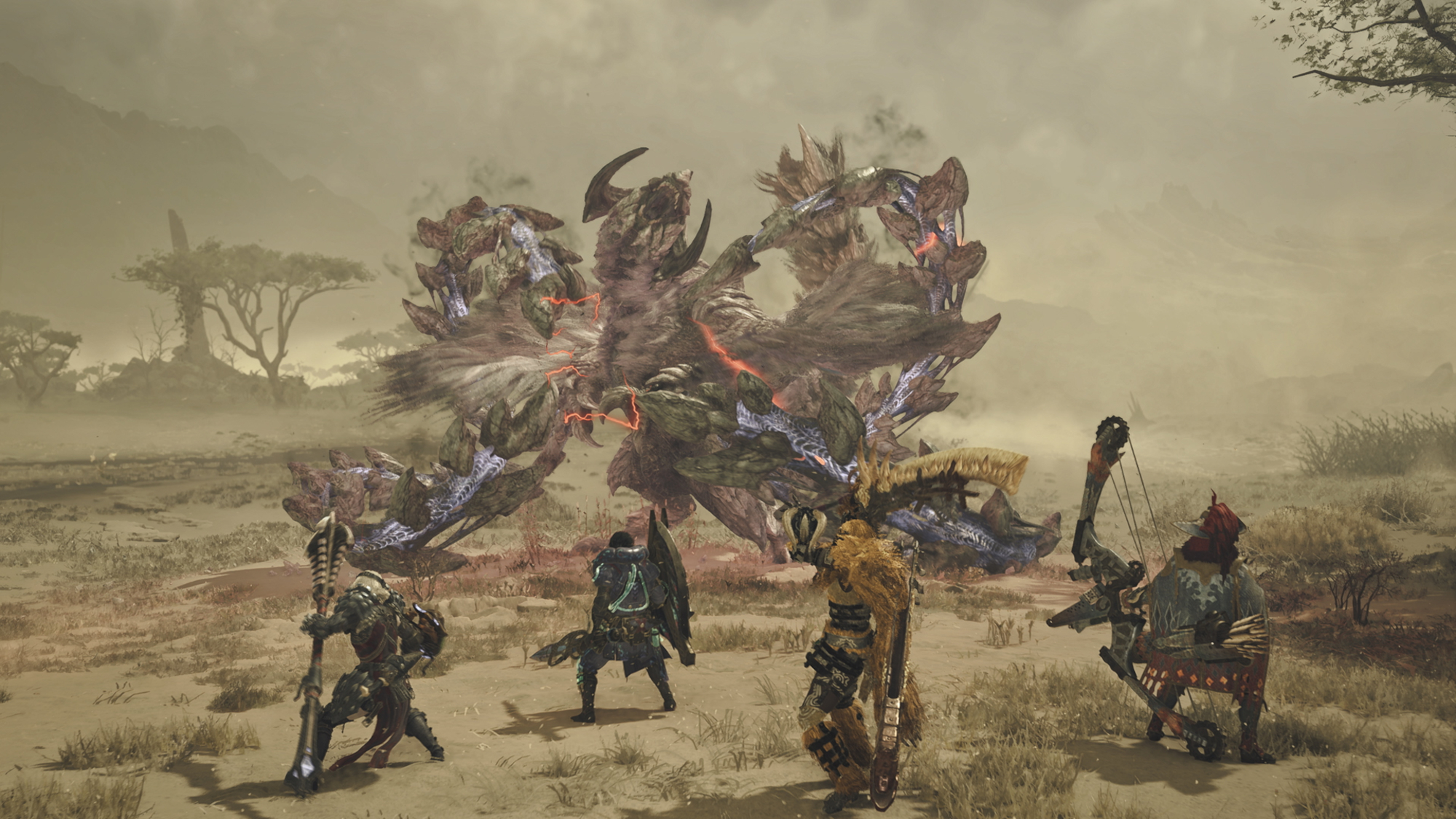
I have no complaints about Monster Hunter Wilds’ gameplay and deep system mechanics. Unfortunately, I don’t share that same level of enthusiasm for the game’s visual fidelity. While this is certainly not an ugly-looking game, the graphical inconsistencies are hard to ignore.
I played on a PS5 Pro, which offers three graphical settings. Fidelity favors 4K resolution at 30 frames per second while Performance offers 60 fps at 1080p resolution. Balanced is a middle ground that delivers 1440p resolution and ray tracing at 40 fps. If you have a PS5 Pro, Balanced is the way to go since you get a decent compromise. For regular PS5 users, stick with Fidelity mode unless you enjoy looking at muddy environmental textures.
We’ve seen companies like Insomniac Games deliver graphical updates to their titles, so I hope Capcom will release updates that help Monster Hunter Wilds look even better on consoles. But if you’re playing on one of the best gaming PCs or best gaming laptops that meet the game’s recommended specs, then you likely won’t have many (or any) complaints about the graphics.
Spotty match-making
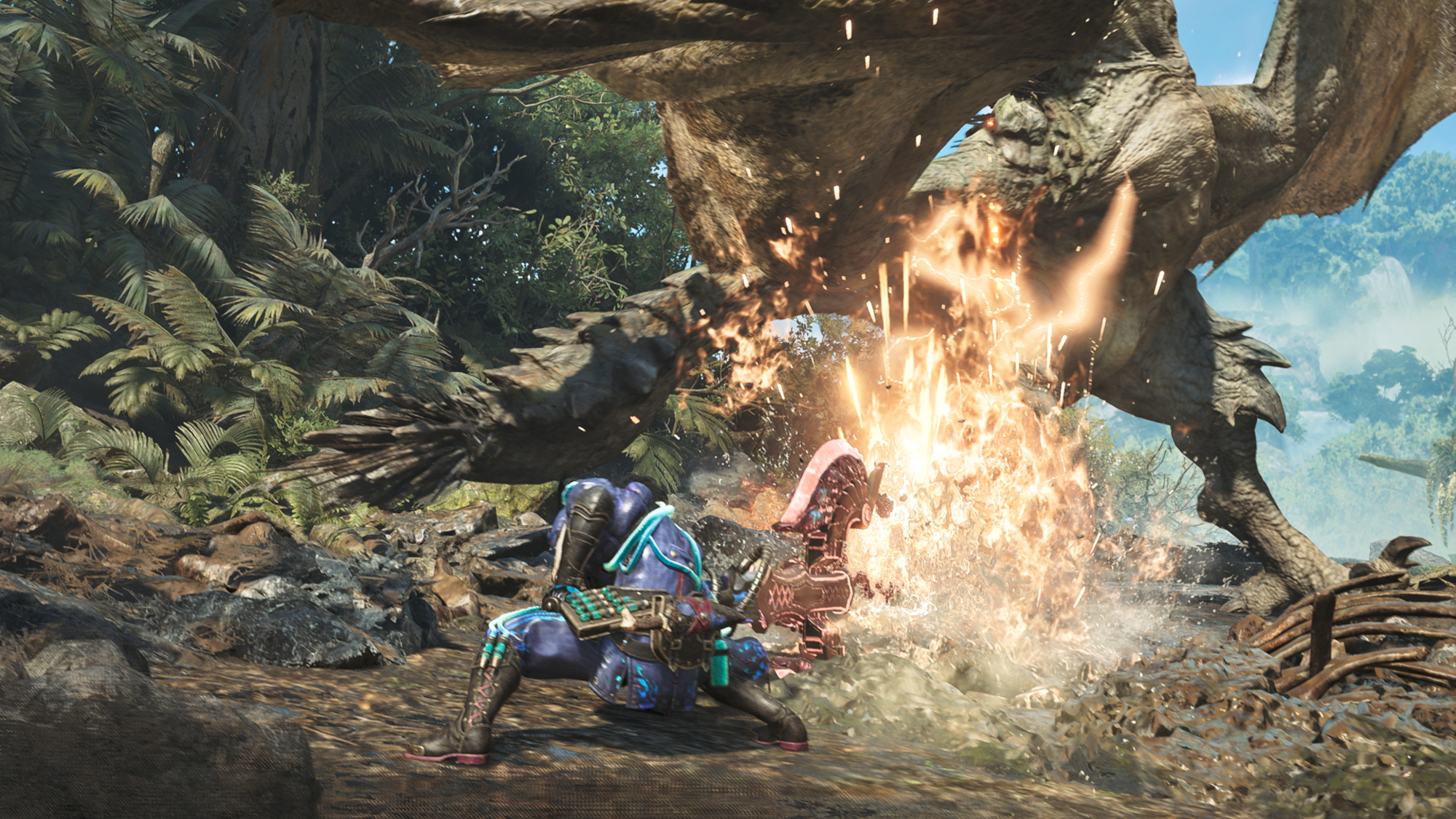
Monster Hunter Wilds is more fun with friends, but trying to connect with your buddies can be even more difficult than slaying a powerful monster.
The game has lobbies and Link Parties. The former are public servers the game drops you into when you log in while the latter is for forming small private groups. If you're in a lobby, it's relatively easy to join others' open quests or have them join yours. However, if you want to directly connect with friends, it'll require some work.
In short, you’ll need to send Link Party invites to your friends through your platform’s network. If that doesn’t work (which sometimes didn’t during the betas), you can also directly invite friends by using their in-game Monster Hunter ID. After that, you’ll have to initiate a quest that your friends can join via the “Link Member Quests” menu.
Thankfully, you won't have to go through the first part of this process once friends have joined your Link Party. Even if you log off for the day, you can link back up with the same folks in your Link Party. While that's appreciated, an easier way to connect with friends would've been better.
Monster Hunter Wilds: Verdict
Monster Hunter Wilds sets a new standard for Capcom’s long-running series. Hunting monsters never gets old and neither does exploring each land. And though I wish pairing up with friends was easier, the satisfaction of taking down powerful beasts with your crew is unrivaled. Like its predecessor, I expect this game will be a monster hit with dedicated Monster Hunter fans.
There’s more I can say about Monster Hunter Wilds, particularly its phenomenal endgame content. But I want you to experience it for yourself since my words can’t do this incredible game justice. Capcom clearly went out of its way to bring us one of the most enjoyable gaming experiences possible.
Monster Hunter Wilds is even better than I hoped for and I can’t wait to surrender all my free time to this fantastic game.

Tony is a computing writer at Tom’s Guide covering laptops, tablets, Windows, and iOS. During his off-hours, Tony enjoys reading comic books, playing video games, reading speculative fiction novels, and spending too much time on X/Twitter. His non-nerdy pursuits involve attending Hard Rock/Heavy Metal concerts and going to NYC bars with friends and colleagues. His work has appeared in publications such as Laptop Mag, PC Mag, and various independent gaming sites.
You must confirm your public display name before commenting
Please logout and then login again, you will then be prompted to enter your display name.
